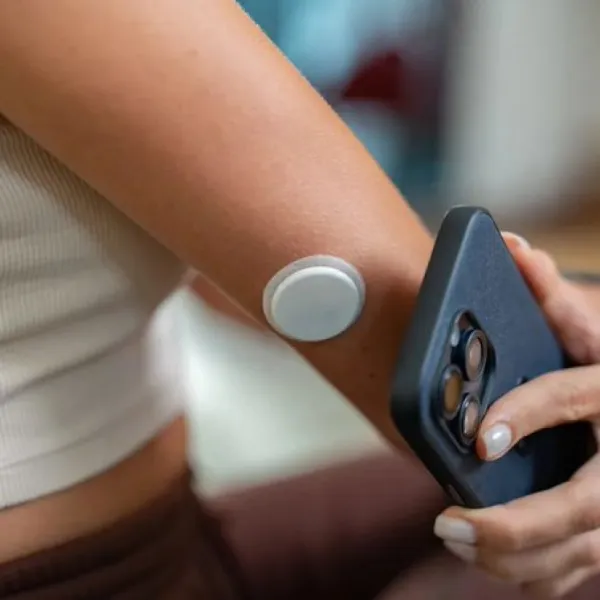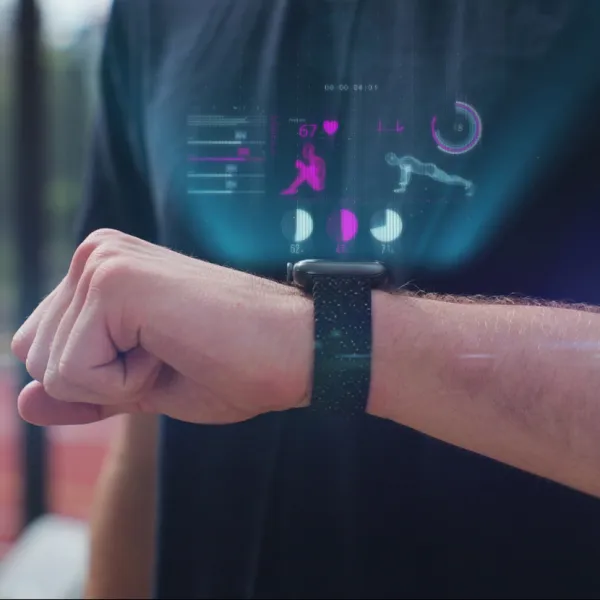Indian Imaging Device Market to Surpass $7 Bn by 2033

As of 2024, India accounts for approximately 20 percent of the Asia-Pacific (APAC) diagnostic imaging market, with portable imaging playing a crucial role in improving accessibility.
India’s diagnostic imaging device market is projected to exceed $7 billion by 2033, growing at a compound annual growth rate (CAGR) of 7 percent, according to market research firm GlobalData.
As of 2024, India accounts for approximately 20 percent of the Asia-Pacific (APAC) diagnostic imaging market, with portable imaging playing a crucial role in improving accessibility.
Market Expansion and Key Challenges
The increasing adoption of portable imaging devices is expected to contribute significantly to market expansion. However, GlobalData highlights that India’s portable imaging segment is still in its early stages, facing multiple barriers to widespread adoption.
"Portable imaging in India is still in its nascent stage. High ownership costs, complex import regulations, and limited service infrastructure remain key barriers," GlobalData stated. "Ongoing maintenance requirements and the need for skilled personnel further add to the cost burden," it added.
Despite these challenges, portable imaging is gaining traction due to its ability to provide rapid diagnostics, particularly in emergency and trauma situations.
Industry Outlook and Future Trends
Rohit Anand, Practice Head of Medical Devices at GlobalData, emphasized the role of portable imaging in improving healthcare access. "In emergency and trauma situations, these devices enable rapid on-site diagnostics, reducing the need for patient transfers. For smaller healthcare centers, they offer a cost-effective alternative to full-scale imaging setups, improving access without requiring substantial capital investment," he said.
Anand further noted that the future of India’s diagnostic imaging market will likely follow a hybrid model, combining traditional and portable imaging solutions. "As income levels rise and awareness of preventive care increases, demand for portable imaging will accelerate. This evolution promises to reshape healthcare delivery and improve patient outcomes nationwide," he added.
Additionally, adopting AI-driven imaging solutions is expected to contribute to market growth, offering higher-resolution imaging with reduced radiation exposure. However, with India currently importing 80-85 percent of its medical devices, it remains uncertain which stakeholders will benefit the most from this market expansion.
Stay tuned for more such updates on Digital Health News





























